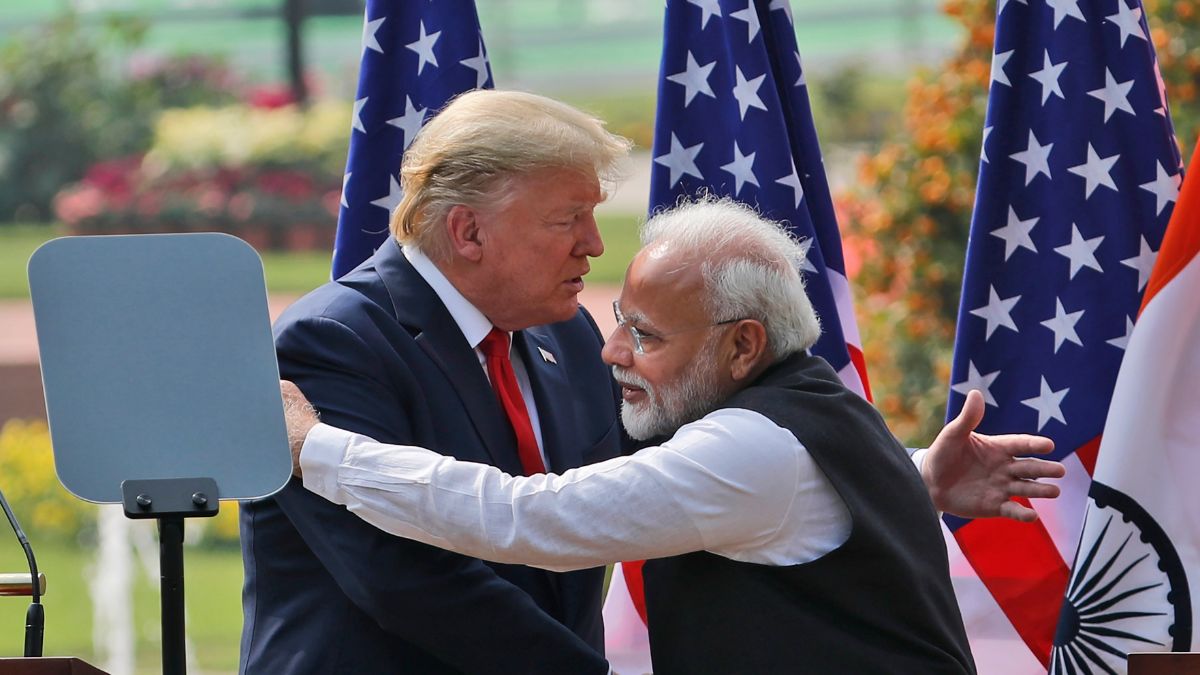

Indian exporters are on edge, fearing significant order losses as they pin their hopes on the sixth round of trade talks between India and the United States, scheduled for the last week of August 2025. The additional tariffs of 25% imposed by the U.S. on Indian goods, on top of existing levies, raise the total duty to 50% on most goods, making it difficult for Indian products to compete with those from rival countries. This move by President Trump is a penalty for India's continued import of Russian oil. The tariffs are slated to take effect 21 days after the announcement.
The Federation of Indian Export Organisations (FIEO) estimates that approximately 55% of India's exports to the U.S. will be affected by the new tariffs. Sectors like textiles, garments, marine products, leather, gems, and jewellery are expected to be hit hard. Certain items, including smartphones, pharmaceuticals, and petrol, diesel and jet fuel made using non-Russian oil, are exempt from the tariffs. However, for many Micro, Small, and Medium Enterprises (MSME)-led sectors with low value addition and tight margins, absorbing the sudden cost increase is simply not feasible.
The increased tariffs put Indian exporters at a disadvantage of 30-35 percentage points compared to competitors with lower duties. For instance, countries like Bangladesh, Vietnam, China, and Sri Lanka will have a competitive edge in the U.S. market due to their lower tariff rates. Exporters worry that U.S. buyers may shift orders to these countries. The apparel sector anticipates a shift in orders to Bangladesh and Sri Lanka, while Pakistan may gain in bed linen.
The Indian government has called the U.S. decision "extremely unfortunate" and has stated that it will take all necessary actions to protect India's national interests. However, India has not yet announced any retaliatory tariffs or plans for a high-level visit to Washington. Instead, the government is considering providing domestic relief to exporters, potentially through loan guarantees and interest subsidies.
The upcoming trade negotiations are crucial for Indian exporters. The focus will be on reaching a mutually acceptable agreement that addresses U.S. concerns while safeguarding India's economic interests. The five previous rounds of negotiations have been stalled because of disagreements over U.S. access to Indian agriculture and dairy markets, and New Delhi's reluctance to cut tariffs on certain products.
Economists caution that a sharp decline in exports to the U.S. could negatively impact India's GDP growth, potentially dragging it below 6%. The Indian rupee has already weakened, and equity futures have fallen modestly in response to the tariff announcement. The situation remains uncertain, and businesses are closely monitoring developments, hoping for a positive outcome from the upcoming trade talks.